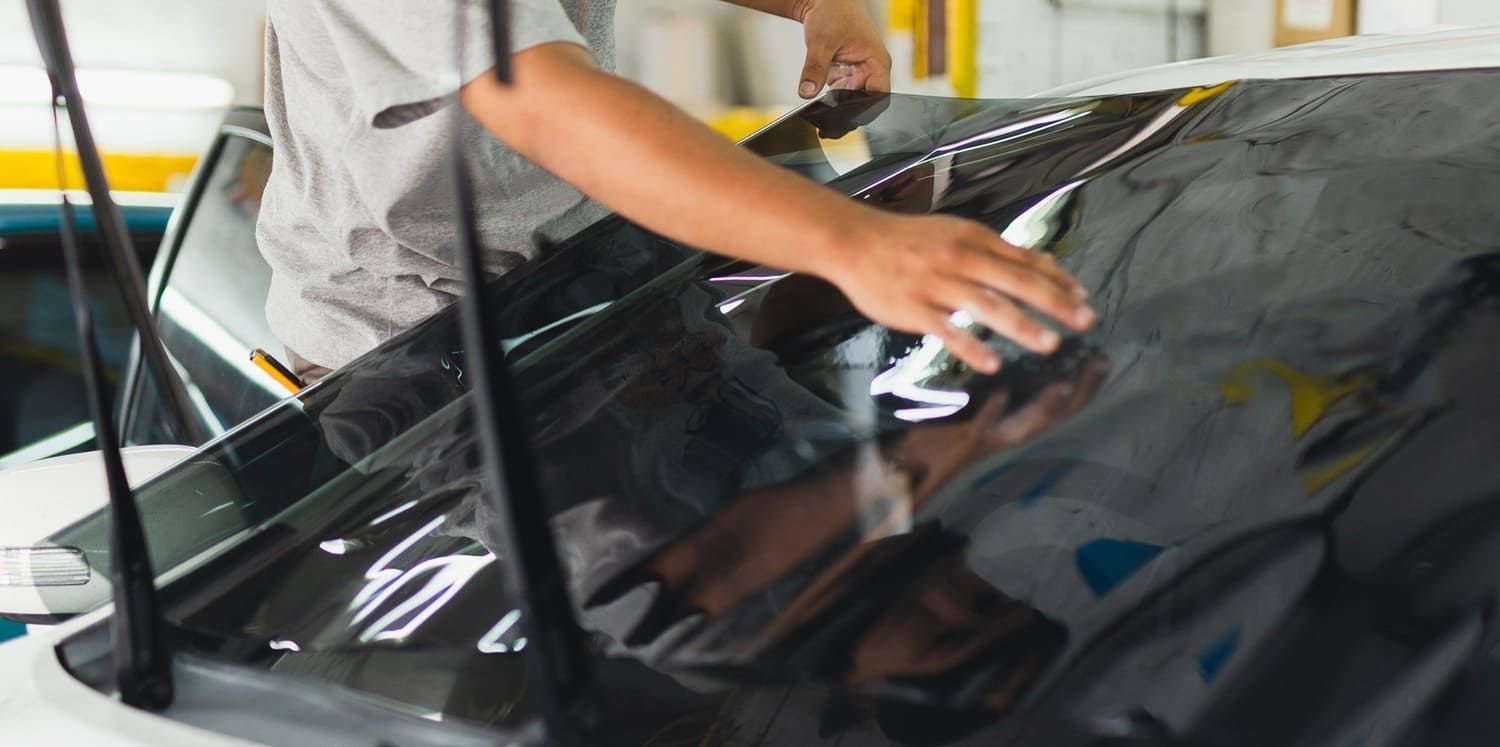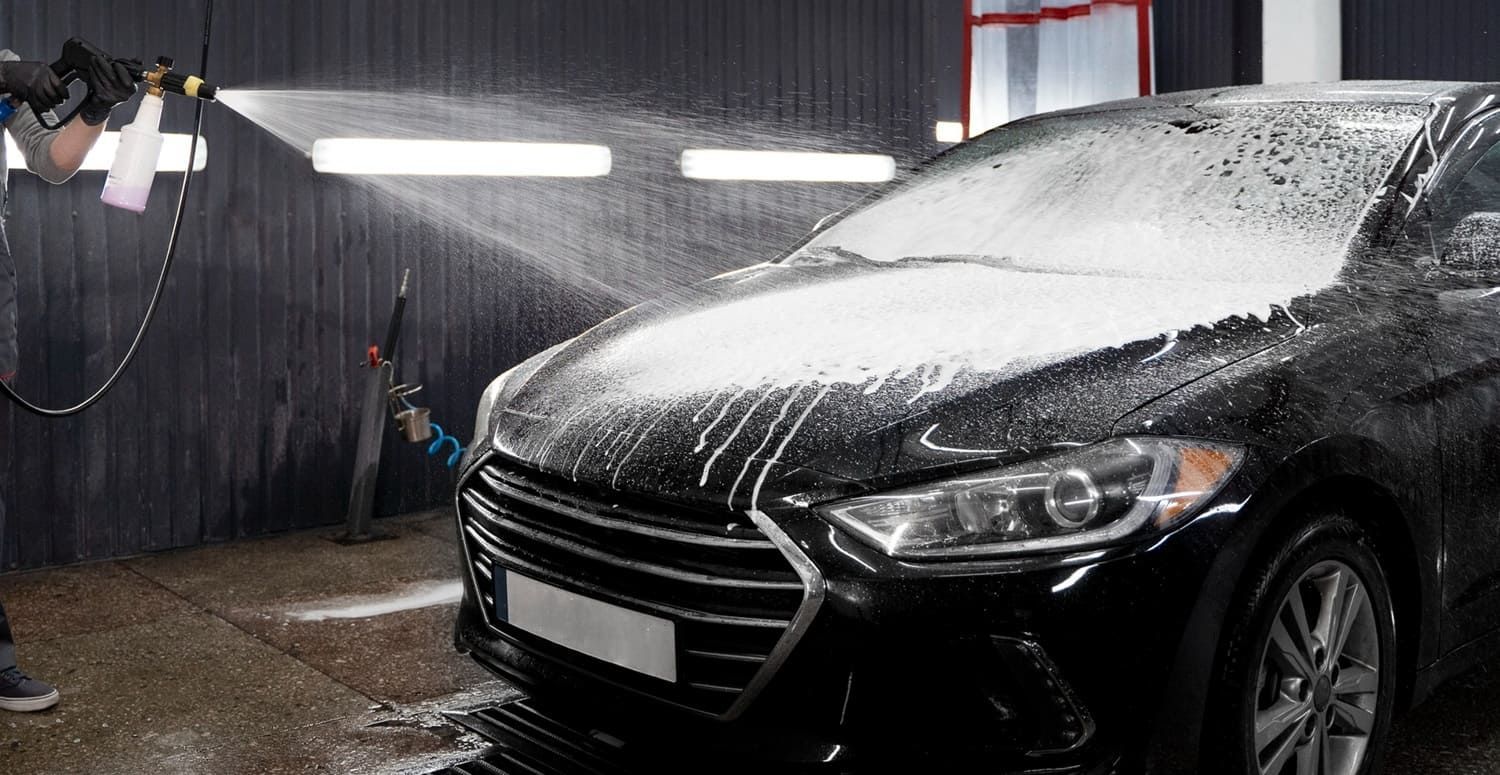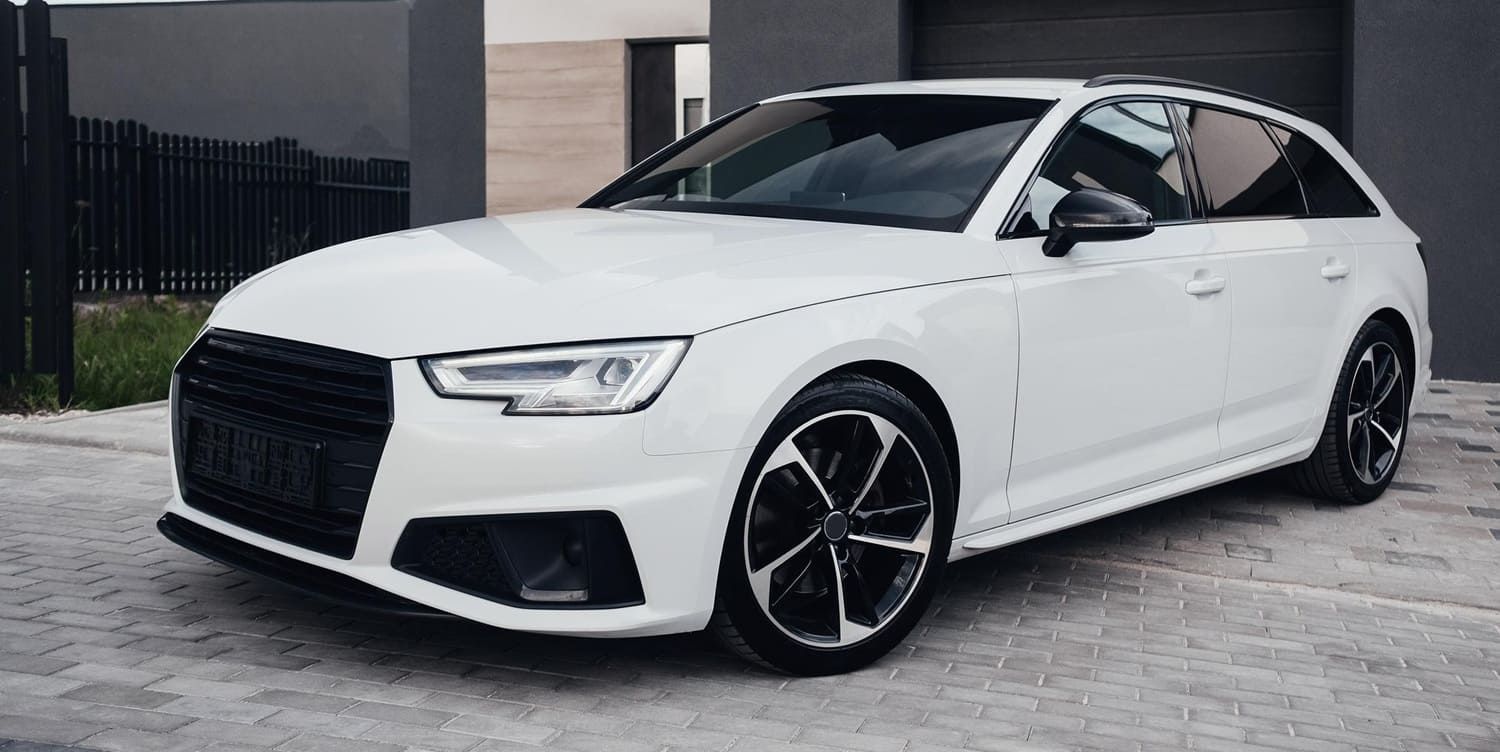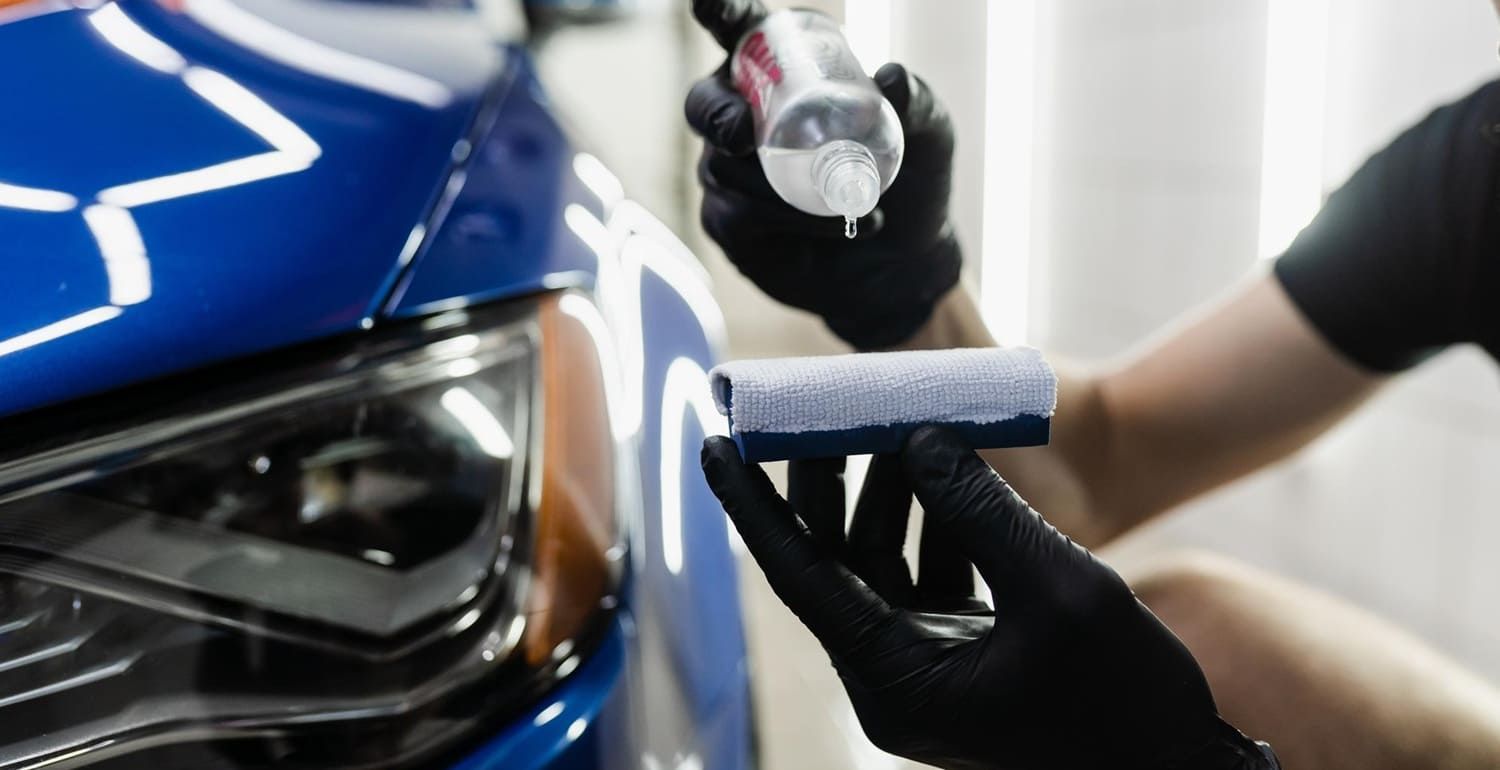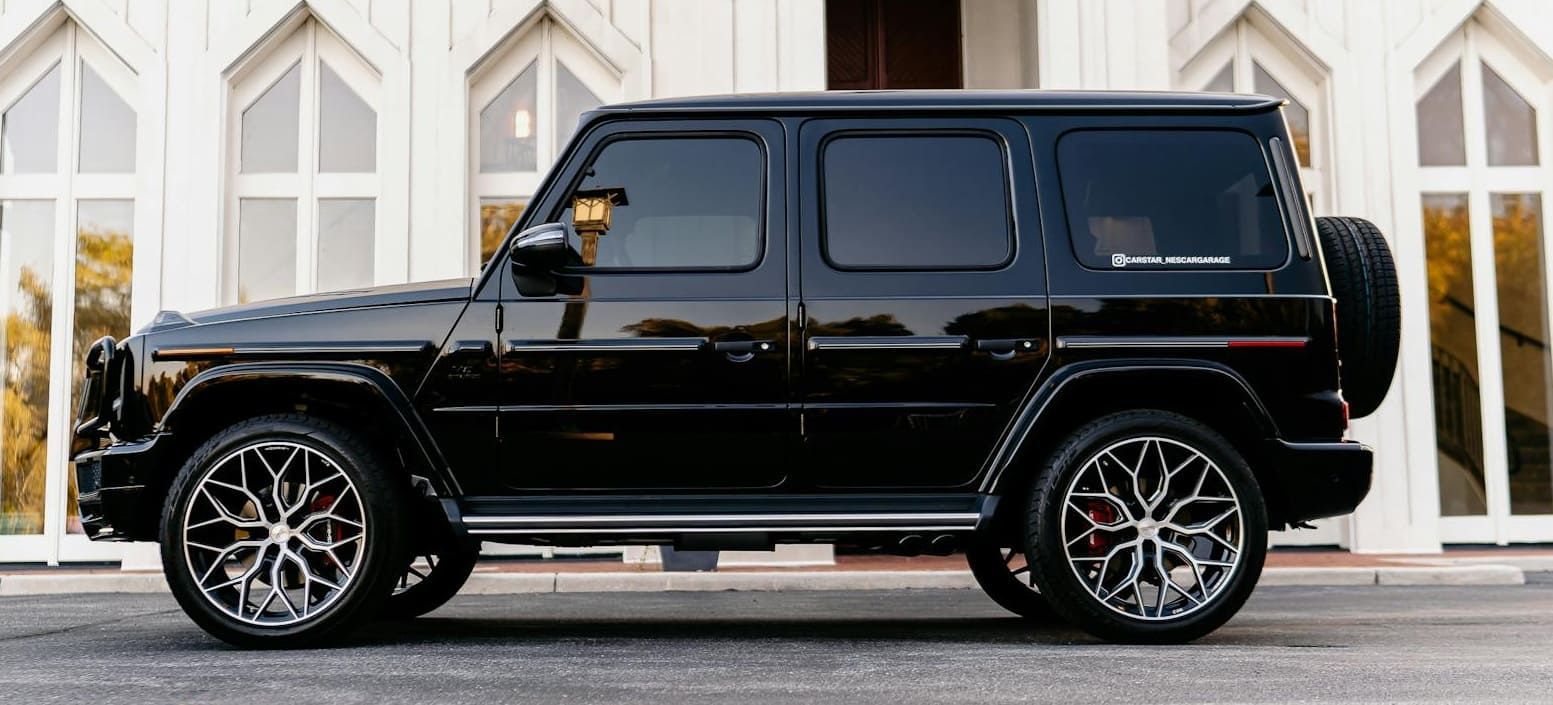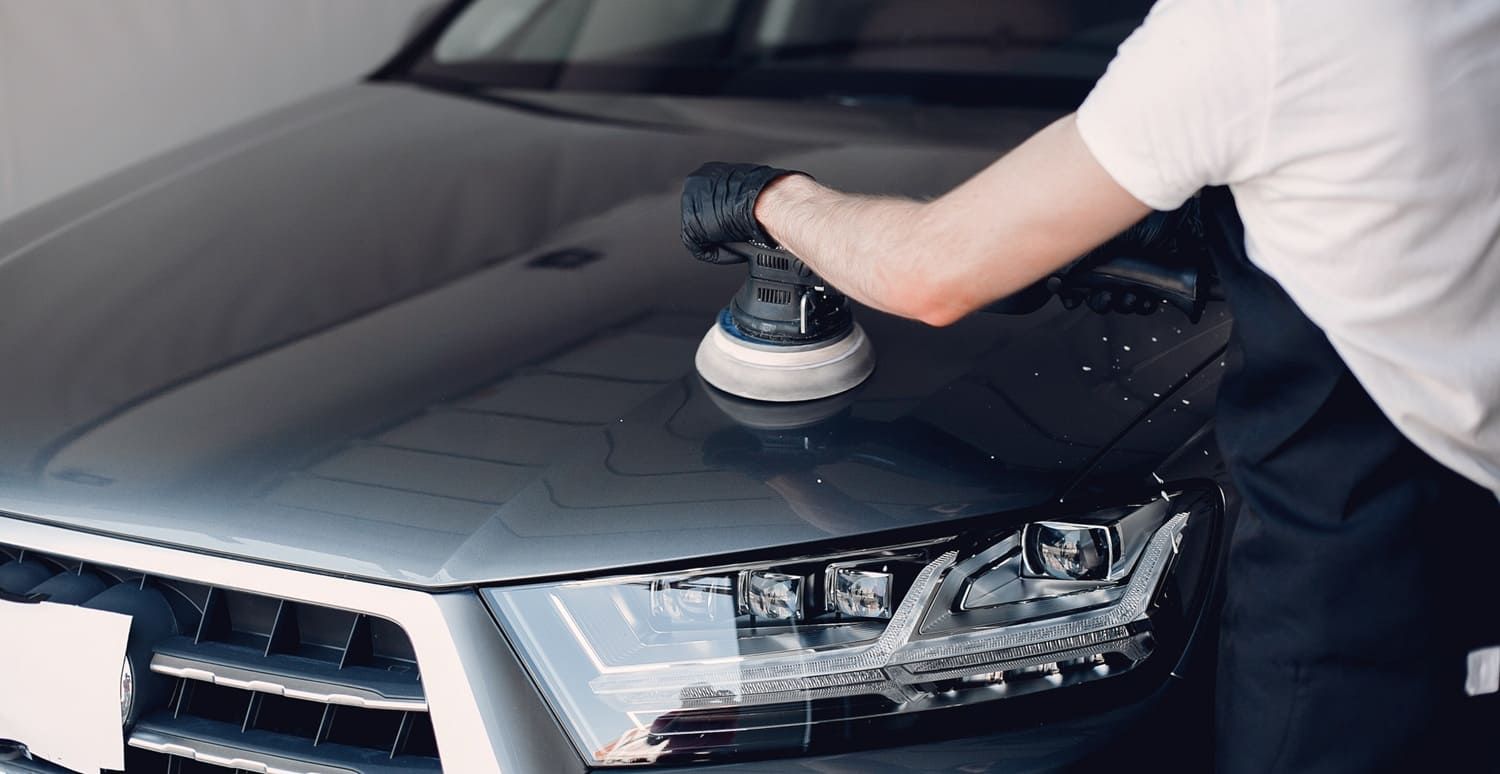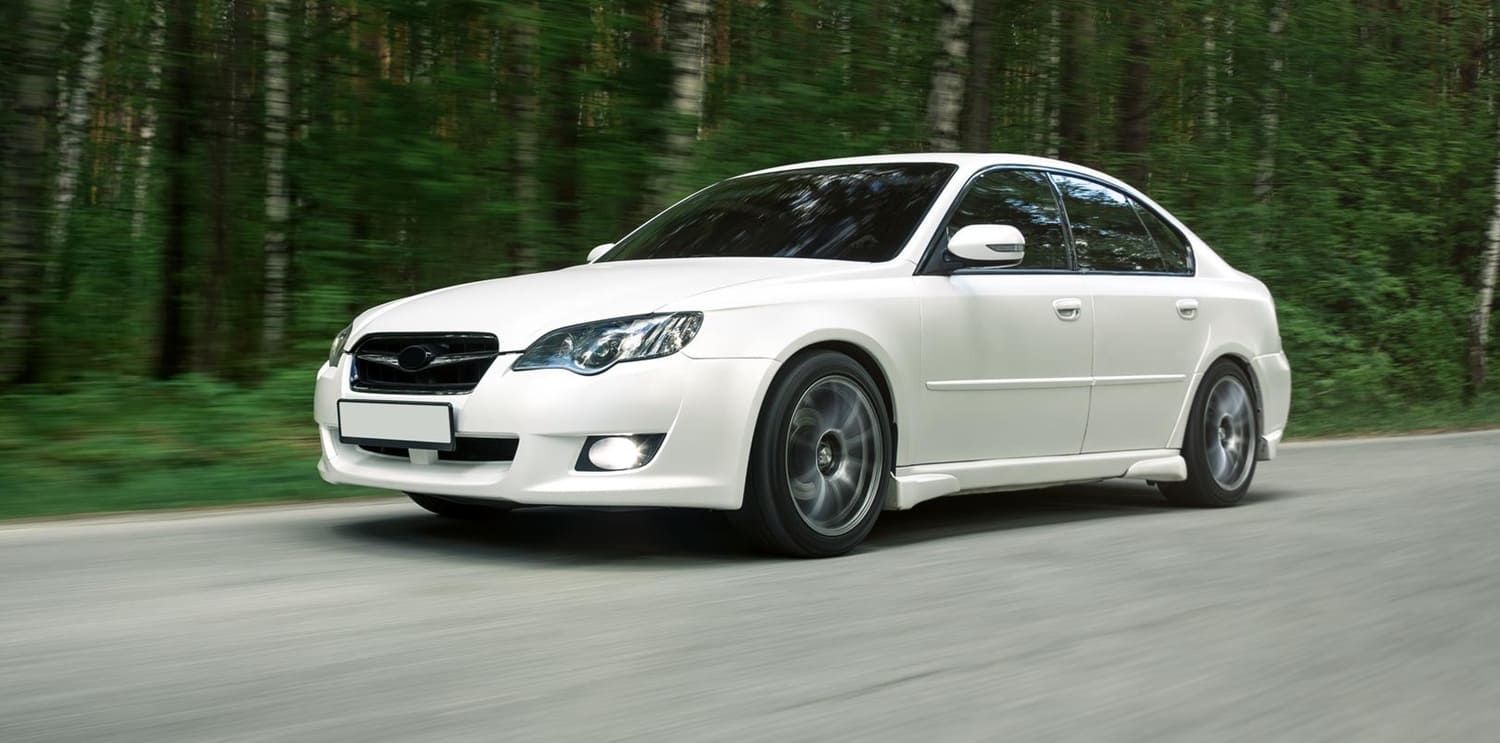Window Tint Percentages: How to Know What Percent Is Right for You
If you are thinking of getting tinted windows, you should understand window tint percentages. This guide teaches how to know what percent is right for you.
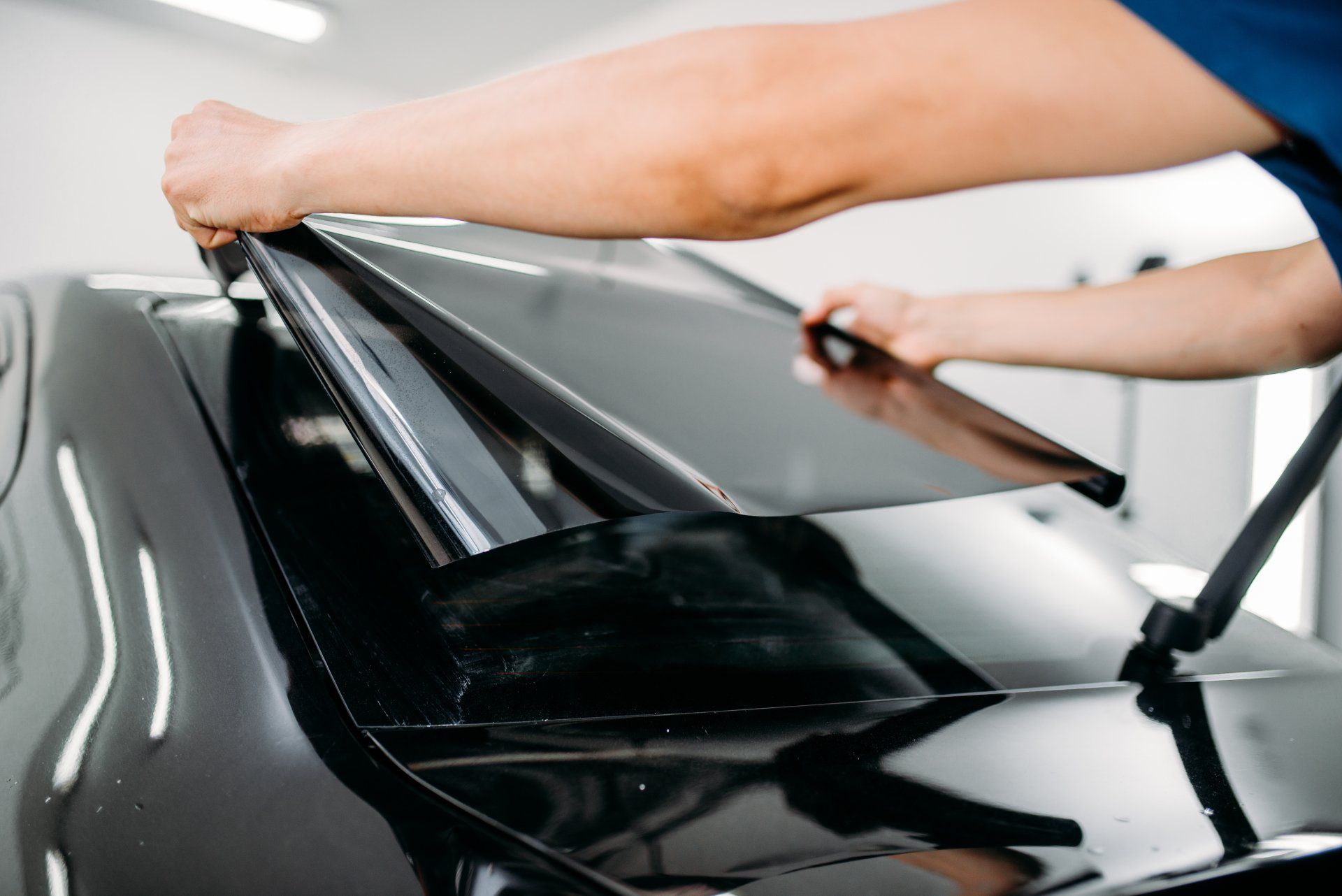
Are you thinking about having your windows tinted? Or do you already have tint but are wondering if it’s too dark or too light for your needs?
Auto window tint percentages can be a bit confusing at first, but once you understand, you’ll be able to choose the perfect option. This simple guide to car window tint will help you get started.
Window Tint Percentages: The Basics
One of the most important things to understand about tint percent is that it refers to the amount of light that comes in, not what’s blocked out. A window that has 20% tint allows 20% of light to come in. A 35% tint is actually lighter since it allows 35% of the light in.
To keep things simple, it helps to remember that the lower the number, the darker the tint is going to be.
Some of the most common window tint percentages you’ll hear about include:
- 50% tint – blocks half of the light from coming in, keeps out heat, protects against UV rays, and reduces glare – all without creating much of a darkened look
- 35% tint – gives a darker appearance that creates a smooth and stylish look, but is still easy to see through
- 20% tint – often the best option for privacy, it’s possible (but difficult) to see through this even if you’re up-close
- 5% tint – extremely dark with little to no visibility, commonly used in limousines and illegal on most other vehicles
Vehicles that come from the factory with pre-installed window tint typically fall in the 15-20% range.
Calculating VLT
While this has been fairly straightforward so far, there’s one more complexity. The percentages referred to above refer to “visible light transmission” or VLT. It’s complex because the “clear” glass that comes from the factory is almost always not actually completely clear.
Most of the time, the un-tinted glass has a VLT of approximately 80%. If it’s important to you to know how much light actually comes through, you’ll have to do some math. Take a look at this example.
Assume you’re going to apply a 5% window tint to glass that already has an 80% VLT. To figure out how much light comes through, multiply the two together:
Ex. 5% x 80% = 4%
In this case, applying a 5% tint means that 4% of outdoor light will get in.
Sound confusing? Don’t worry! When you work with a qualified installer, they’ll likely be able to tell what your window tint percentage is just be looking. For a more accurate answer, there are also window tint testers available for a small cost.
You can have a professional use their machine or purchase one of your own if you really want the extra peace of mind.
Other Terminology
When discussing your other window tint plans, it’s important to understand some commonly used terminology. For example, you might hear the technician talking about your “front-side windows” (passenger and driver’s side) or “rear-side windows” (anything behind the front-side windows.)
You won’t tint your windshield, but many have a “shade band,” which is a film that comes down from the top of the windshield.
Some states have “color restrictions,” meaning that certain colors of tint aren’t legal in that state. If you’re looking at a metallic film, you’ll also need to learn about the “tint reflection.” This is sometimes regulated on a state level as well.
Window Tint Laws
Another important thing to understand about tinted window percent is that the laws about how dark you can go vary from state to state. This includes details about how dark you can go on each window. For example, in Tennessee, you must have a VTL of 35% or more on all windows except your windshield, which cannot be below 70%.
Failing to follow these laws is a great way to get pulled over and get a ticket. This is one reason why it’s important to only trust your window tinting to a professional who understands the local laws and can ensure that you won’t spend money on something that’s going to get you in trouble.
What’s the Right Window Tint Percentage for You?
After processing all of this information, you still might not know which is the best choice for your needs. Ultimately, as long as it’s legal, the window tint percentage you choose should be based on personal preference and budget.
If privacy is important to you, then you’ll want to choose a darker shade. At a minimum, most people want at least a 50% tint so that they can enjoy the benefits blocking out UV rays, which can help prevent skin cancer, and reducing eye strain by cutting back on glare while you’re driving.
If you live in a southern state, make sure the tint you choose is good at keeping heat out. There are different options available now that can block heat without creating too dark of a look.
Often, it’s best to talk to a professional about what’s important to you and they can help you choose the tint that is most likely to meet your needs.
Update Your Window Tint Today
Now that you have a clear understanding of window tint percentages, you’re ready to make some decisions about your vehicle. If you’re ready to add some tint or you think you need to change the tint you already have, it’s important to choose a qualified company to apply it for you. Only then can you ensure that you’ll get great results!
Wells Paint Protection and Window Film has got you covered! Contact us today to request your free estimate and discuss the next steps.


